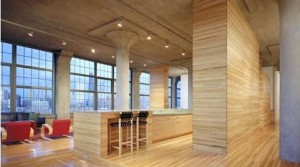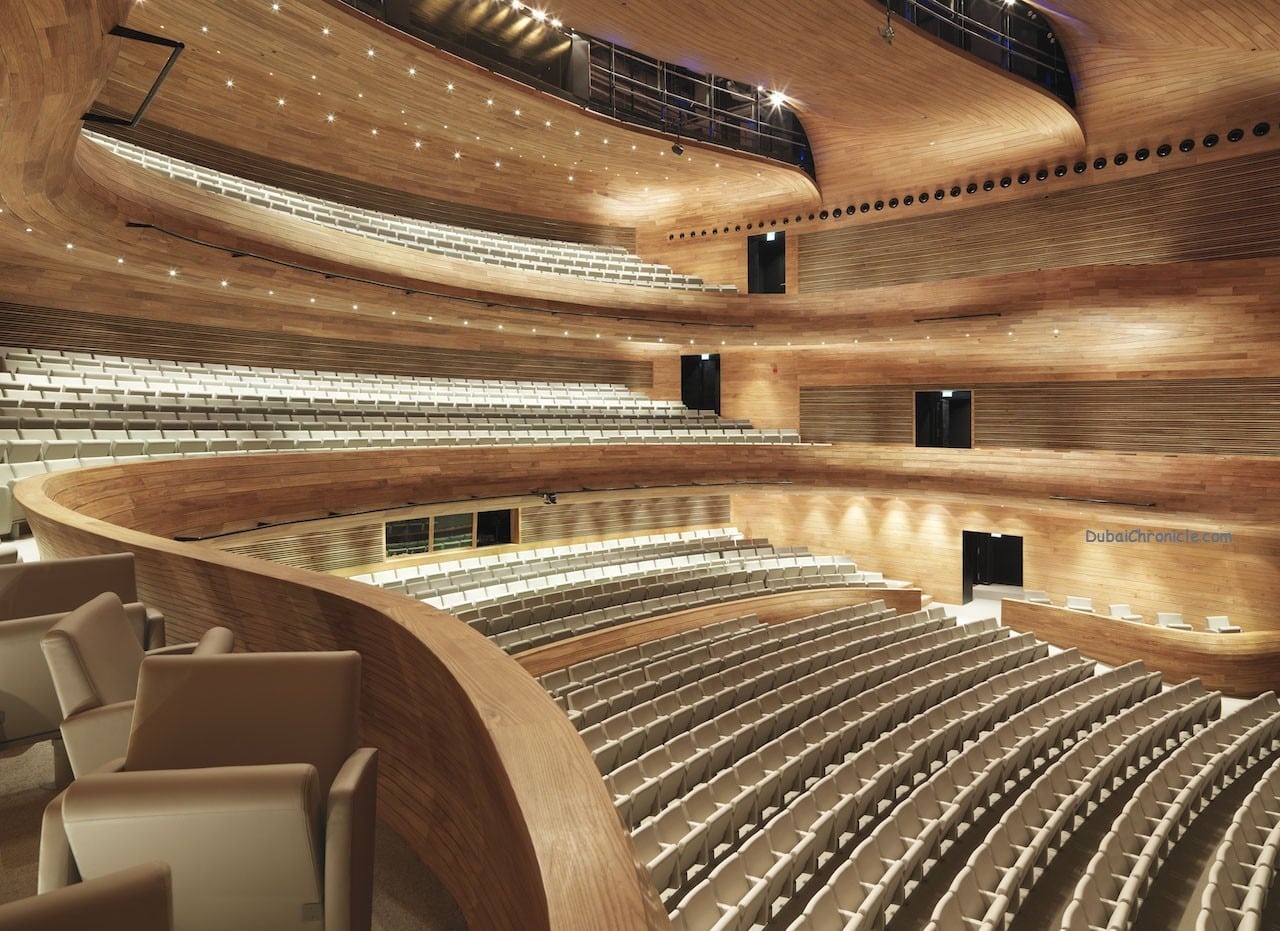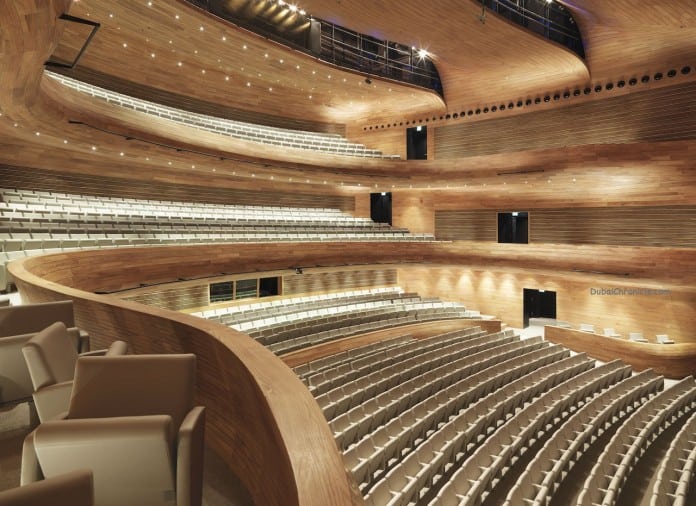
Dubai skyline is famous for high-rise unique buildings. The emirate is home of over 910 skyscrapers, nearly 90 of which are taller than 180 meters. Among them are the world’s tallest tower Burj Khalifa and Princess Tower known as the world’s tallest residential skyscraper. The materials used in the construction of the majority of Dubai’s super-tall buildings are steel and concrete. However, a trend is predicted to take over the world of skyscrapers, called plyscrapers.
In the most basic terms, a plyscraper is a skyscraper made not from concrete and steel, but from wood. More specifically, the construction of these buildings relies mainly on a material called super-plywood. It is created when layers of softwood are glued together to form timber panels.
Advantages
One of the reasons behind the recent rise of plyscrapers is their eco-friendly qualities. Materials like steel and concrete emit very high levels of CO2. It is reported that in Britain alone, such buildings account for nearly 50% of the country’s greenhouse gas emissions. In addition, another 10% come specifically from these sturdy materials. In contrast, wood not only emits 0% of CO2, but it actually stores it. It is calculated that a 20-storey plyscraper would be able to store around 3,100 tons of CO2, while a regular steel or concrete building of the same size emits 1,200 tons of CO2.
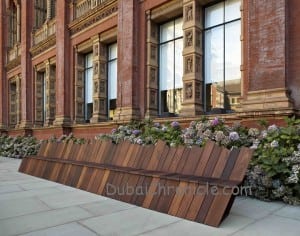 Another big advantage of plyscrapers is their durability. The 2010-2011 earthquakes in New Zealand showed that wooden buildings are among the most durable constructions. As a result, the country’s government decided to invest more in plyscrapers in the future.
Another big advantage of plyscrapers is their durability. The 2010-2011 earthquakes in New Zealand showed that wooden buildings are among the most durable constructions. As a result, the country’s government decided to invest more in plyscrapers in the future.
Even in case of a fire, wooden skyscrapers can be almost as safe and durable as concrete and steel buildings. That can be easily achieved through the installation of protective charring layers that will maintain the integrity of the structure.
Is Dubai Ready for Plyscrapers?
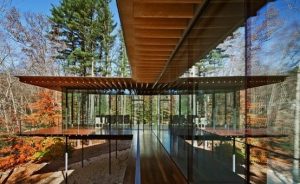 Plyscrapers are not just an idea. There are already a number of completed tall constructions made mainly of wood. The most recent of them include a nine-storey residential building in London and eight-storey wooden office building in Austria. Also, the construction of a 275-foot plyscraper will kick off in Vienna. The building will cost $67 million and it will be made almost entirely of wood. Stockholm has also joined the plyscraper trend. The city is expected to welcome its first super-tall wooden skyscraper by 2023. It is easy to see that the plyscraper trend is quickly catching up. The question is will Dubai follow it?
Plyscrapers are not just an idea. There are already a number of completed tall constructions made mainly of wood. The most recent of them include a nine-storey residential building in London and eight-storey wooden office building in Austria. Also, the construction of a 275-foot plyscraper will kick off in Vienna. The building will cost $67 million and it will be made almost entirely of wood. Stockholm has also joined the plyscraper trend. The city is expected to welcome its first super-tall wooden skyscraper by 2023. It is easy to see that the plyscraper trend is quickly catching up. The question is will Dubai follow it?
Currently, wood has two main purposed in Middle Eastern construction – a formwork material during the construction process and interior décor finish. Part of that is due to the fact that forest are a rare sight in the region. Still, Dubai has a strategic location and well-developed infrastructure that can easily solve the limited availability of wood in the area. After all, construction projects like Sahara Mall in Sharjah and Jumeirah Beach Resort in Dubai relied mainly on the use of wood.
The real problem lies not on the availability, durability or affordability of wood as a construction material in the Middle East, but on the building codes of cities. Most cities in the world limit the height of wooden building to 3 to 6 storeys. Such constructions, however, are not suitable for the urban landscape since they will take too much space and house a too limited number of people.
Nevertheless, more and more cities in Europe and North America have started to open up to the idea of high-rise wooden buildings. Dubai’s extravagant and bold architectural projects and its newly-formed love for sustainable developments might be enough to place the city among the early adopters of plyscraper skylines.

















